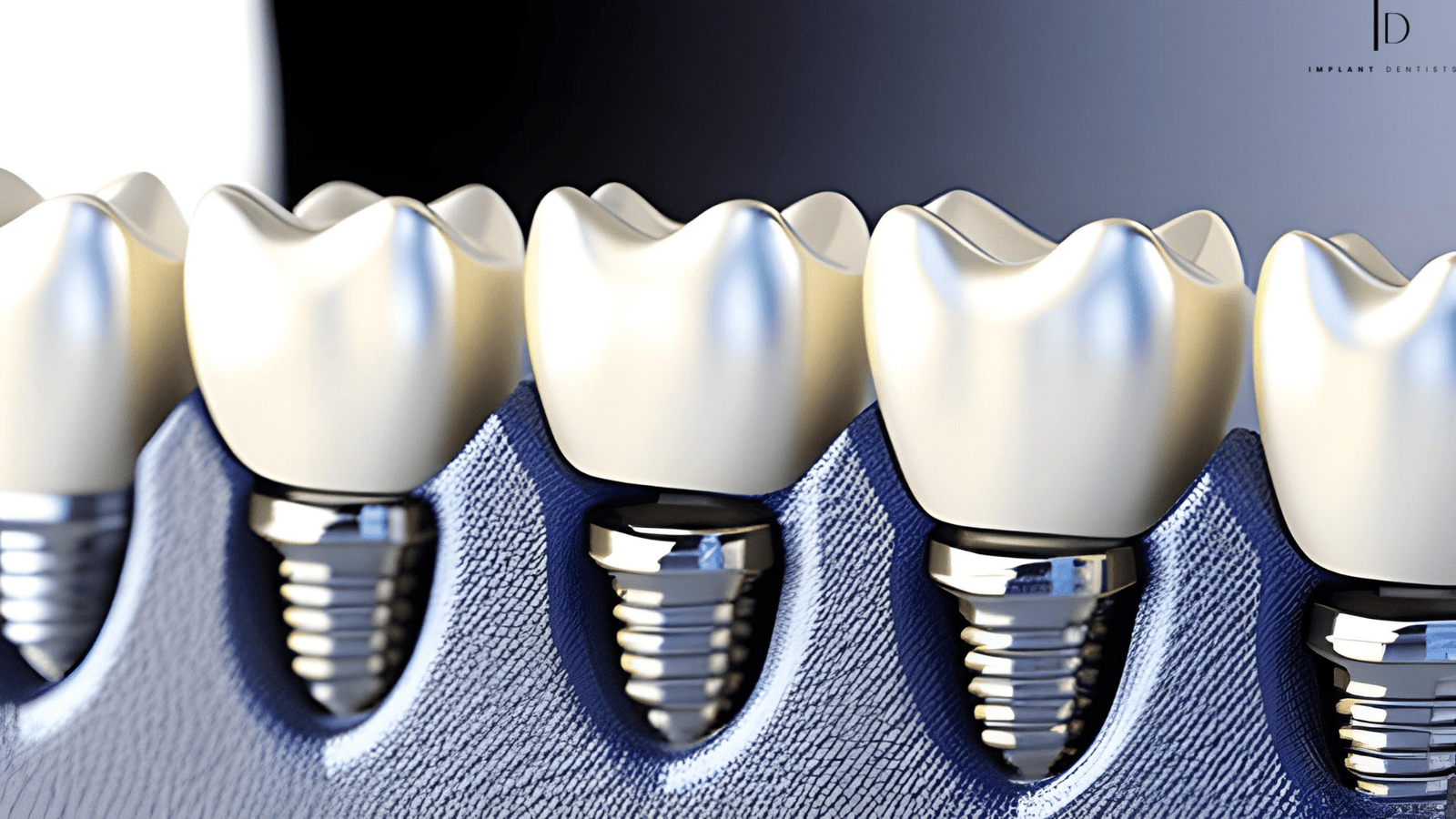
The Science Behind Dental Implants: Unveiling the Technology and Techniques
June 27, 2023Dental implants have transformed dentistry by offering a durable and practical replacement for lost teeth. This article aims to delve into the science behind dental implants, shedding light on the technology and techniques involved. By understanding the intricate processes and advancements in this field, patients can make informed decisions about their dental health and regain their smiles with confidence.
Understanding Dental Implants:
Artificial tooth roots called dental implants are inserted into the jawbone surgically. Composed of biocompatible materials, typically titanium, they fuse with the bone to provide a stable foundation for replacement teeth. This process is called osseointegration and is a critical factor in the success of dental implant procedures.
Implant Design and Materials:
Implants are meticulously designed to mimic the natural tooth structure. They consist of three main parts: the implant fixture, abutment, and prosthetic crown. The implant fixture serves as the artificial root, while the abutment acts as a connector between the fixture and crown. Different materials, such as titanium and ceramic, use for dental implants, each offer unique advantages.
Osseointegration – The Key to Success:
The success of dental implants lies in the process of osseointegration. Once the implant is placed, it integrates with the surrounding bone over time. The implant’s surface texture and structure play a crucial role in promoting osseointegration by enhancing bone cell attachment and growth. Recent advancements in implant surface technologies, such as nanostructures and coatings, have significantly improved osseointegration rates.
Computer-Aided Implant Placement:
Technological advancements have revolutionised dental implant procedures. Computer-aided implant placement techniques utilise advanced imaging technologies, such as cone-beam computed tomography (CBCT), to create detailed 3D models of the patient’s jaw. This enables dentists to plan the optimal placement of implants with precision, minimising risks and ensuring optimal functional and aesthetic outcomes.
Guided Implant Surgery:
Guided implant surgery combines computer-aided design and manufacturing (CAD/CAM) technologies with real-time surgical guidance. Using the 3D models, a surgical guide is created, which aids in accurate implant placement. This approach improves the efficiency and predictability of the surgery, reduces patient discomfort, and enhances overall treatment outcomes.
Immediate Implant Placement and Loading:
Dental professionals can place dental implants immediately after tooth extraction in certain cases. This approach, known as immediate implant placement, reduces treatment time and preserves the surrounding bone and soft tissue. With advancements in implant design and techniques, immediate loading of a temporary or permanent prosthesis onto the implant is also possible, providing patients with immediate aesthetic and functional benefits.
Advancements in Implant Materials and Surface Modifications:
Ongoing research and development have led to the emergence of new implant materials and surface modifications. Materials such as zirconia, a strong ceramic, offer excellent aesthetics and biocompatibility. Surface modifications, including nanotopography and bioactive coatings, aim to enhance osseointegration and promote faster healing.
Conclusion:
Dental implants have transformed the way we approach tooth replacement, combining scientific principles with technological advancements. The science behind single or full jaw dental implants, including osseointegration, implant design, computer-aided techniques, and material innovations, continues to evolve, offering patients improved treatment outcomes and long-term success. By understanding these advancements, individuals can make informed decisions about dental implant procedures, ultimately restoring their smiles and improving their quality of life.
